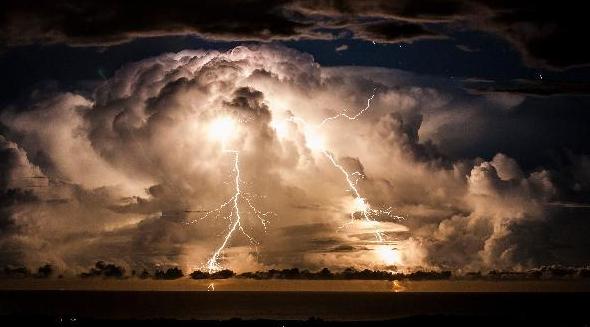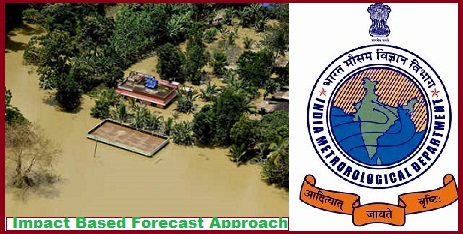Updated By: LatestGKGS Desk
Thunderstorm: meteorology, formation, types and physical characteristics

Thunderstorm: definition, formation, classification
A violent, short-lived weather disturbance that is almost always associated with lightning, thunder, dense clouds, heavy rain or hail, and strong, gusty winds. Thunderstorms arise when layers of warm, moist air rise in a large, swift updraft to cooler regions of the atmosphere.
Formation of a thunderstorm:
A thunderstorm is said to develop when the atmosphere becomes 'unstable to vertical motion'. Such an instability can arise whenever relatively warm, light air is overlain by cooler, heavier air. Under such conditions, the cooler air tends to sink, displacing the warmer air upward. If a sufficiently large volume of air rises, an updraft will be produced. If the updraft is moist, the water will condense and form clouds.
Types of the thunderstorm:
Thunderstorms were classified according to where they occurred, as local, frontal, or orographic thunderstorms. Today, thunderstorms are classified according to their characteristics. There are many types of thunderstorms-
1- Isolated thunderstorms- air-mass, vertical in structure, short-lived.
2-Multiple-cell thunderstorms- clusters of cells, squall lines, moist, unstable air.
3-Supercell storms- broad intense updraft, long-lived, causes powerful tornadoes.
Physical characteristics of a thunderstorm-
According to aircraft and radar measurement, a single thunderstorm cell extends to an altitude of 8,000 to 10,000 metres and lasts about 30 minutes.
An isolated storm usually contains several cells in different stages of evolution and lasts about an hour. A large storm can extend to the altitude above 10 miles and can last many hours.


